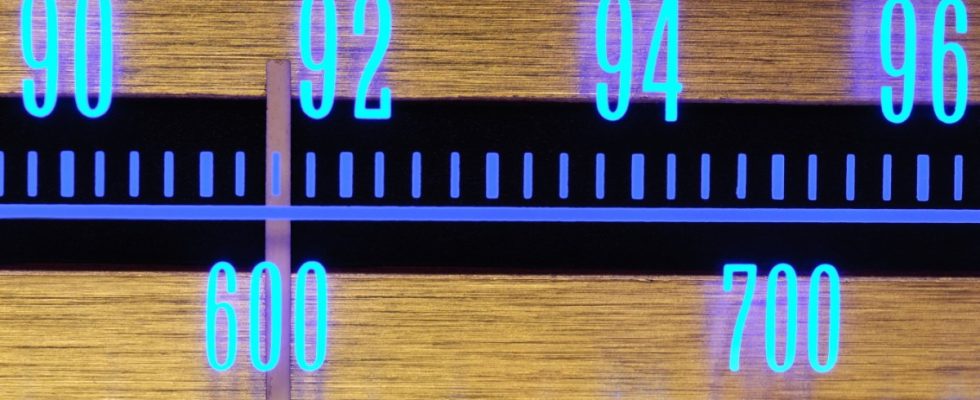This is how it worked: plug one end of the cable into the antenna socket and the other end into the antenna socket on the radio. Nothing more was needed to receive dozens of stations via the hi-fi system. But for most German citizens that has been over for years, and in the next few days the cable network operator Vodafone will also switch off the transmission of the analog radio signal in Hesse, North Rhine-Westphalia and Baden-Württemberg. Then analogue radio via cable networks will finally be over in Germany.
The step is necessary because analogue transmission via cable takes up too much space. The radio signals are now transmitted digitally to save space – as a stream of numerical values that are converted back into electro-acoustic signals for the loudspeakers using a chip. This also increases the sound quality. And customers who use the Internet via cable can upload data more quickly due to the shutdown – important for video conferences in the home office, for example.
More and more people are being reached by digital channels
Many radio listeners have already experienced this, not just those with a cable connection. Digital transmission is also gaining more and more ground when it is distributed via transmission masts, known in expert jargon as terrestrial. 86 percent of people in Germany could already receive digital radio via a small indoor antenna; 96 percent would be able to receive digital radio if they had an outdoor antenna. In the first half of 2023, for the first time sold more digital radios than analog devices. Around one in four of the approximately 152 million radios in German households already receive digital signals.
Politicians are helping: Since the end of 2020, radio devices that can display station names must have a digital receiver with the DAB+ standard; this also applies to car radios. However: All digital radios also support analogue reception via VHF.
Ultra-short wave, a technology from the 1950s, is now technically outdated, ineffective and therefore expensive, but it is proving to be very reliable. On the one hand, this puts a strain on public broadcasters, who have to spend a lot of money broadcasting with outdated technology. But it also hinders smaller digital stations that cannot afford FM broadcasting. As long as many listeners still use analog reception via FM, they have little chance of reaching a larger audience.
The Radio analysis from the Bavarian State Center for New Media, for example proves them right: FM users only listen to a few different stations on average, while digital radio users spread their favor across many times more radio stations. But there is still no final date for switching off FM. In Bavaria, for example, it was actually intended that VHF would soon come to an end.
And what do cable users do now who want to continue listening to the radio on their stereo system? You either need a digital radio that can be connected to the system, or a reception box for around 30 to 50 euros.

